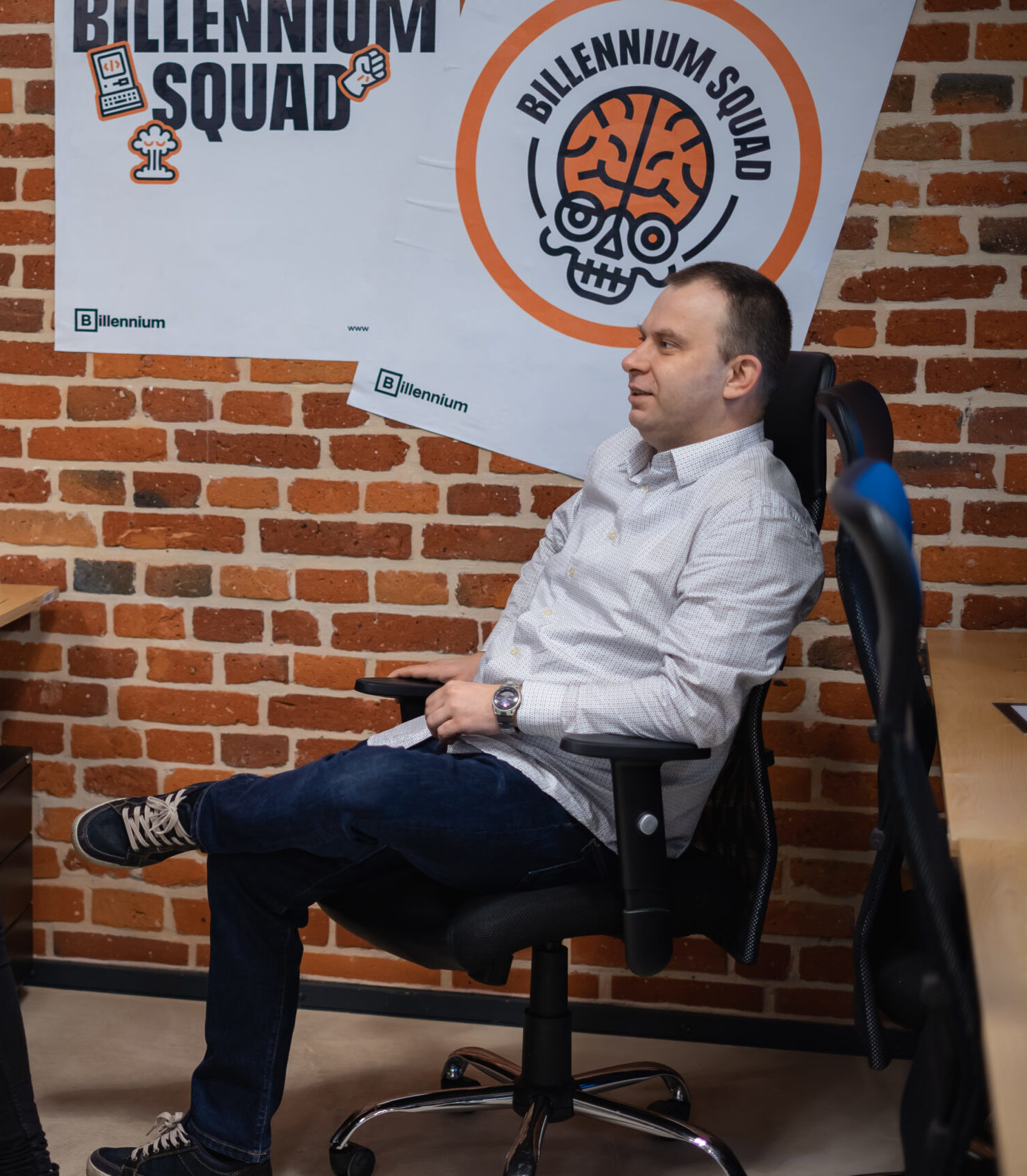In today’s era of progress and the need for constant development to gain competitive advantage, generative artificial intelligence (GenAI) in business intelligence (BI) is effectively transforming how organizations analyze and use data. In this article, we’ll explore how GenAI improves traditional BI by making complex data analysis more intuitive and accessible, enabling everyone to make data-driven decisions. Let’s delve into practical applications such as predictive analytics, risk management, and data visualization, showing how GenAI transforms energy, human resources, and finance industries.
Applications of GenAI in Business Intelligence
Business Intelligence is a set of processes, technologies, and tools that transform raw data into useful information to support an organization’s decision-making processes. It thus helps companies collect, analyze, and present data in a way that makes it easier to understand and use to improve business operations. BI harnessed the power of artificial intelligence long before the era of GenAI, using machine learning to read patterns from vast data sets and learn insights for analysis, predictions, and recommendations for action.
However, this was the first step to leveraging corporate data. Another came with GenAI, which turned it into almost human insights, introducing tools and results that are not only data-driven but also easy for everyone to understand and read, not just data analysts. This was possible mainly due to the natural language of the responses and results provided by GenAI tools.
Among the most important real-world applications of GenAI in BI, we can highlight those that most effectively and quickly deliver efficient results and practical usages to businesses:
- Data Analysis: GenAI helps efficiently process large amounts of data to discover patterns, trends, and correlations while suggesting appropriate models for learning from data sets.
- Predictive Analytics: GenAI uses large language models (LLMs) to make predictions based on data that forecast future performance, enabling companies to anticipate market trends and customer behavior.
- Risk Management: GenAI analyzes massive data sets to predict and help mitigate potential risks through advanced pattern recognition and real-time insights.
- Decision Support: GenAI-based systems provide decision-makers with timely and precise insights, enabling them to make informed decisions that propel business growth.
- Visual Data: GenAI generates automated visual representations such as charts, graphs, or dashboards from raw data, enabling more precise insights and identifying trends.
According to a Barc and Eckerson Group study, one of the most essential areas of GenAI use in business is predictive analytics and forecasting, data analysis, and the ability to create reports and dashboards based on insights.
GenAI & Data in Practice
We already know how GenAI is combined with BI for the best results and what benefits it brings to enterprises in various industries. It’s time to look at examples of how the combination of these methods may be used in practice.
- Forecasting in the energy sector: The energy company uses GenAI to analyze historical energy consumption data, weather conditions, and economic trends. GenAI generates energy demand forecasts and visualizations through line graphs and heat maps to optimize production planning, minimize operating costs, and avoid shortages.
According to the Capgemini report, 40% of surveyed energy and utility companies have formed a dedicated team to integrate GenAI tools.
- Human Resource Management: The HR department at a large corporation uses GenAI to analyze employee data such as performance appraisal results, absences, and career paths. GenAI creates interactive dashboards and predictive reports to help identify high-potential employees, predict turnover risk, and plan career paths, which supports better talent management.
According to BCG, GenAI may increase productivity across HR by 30% in areas such as strategy, career management, or recruiting.
- Credit risk monitoring: The bank uses GenAI to analyze large customer data sets, such as credit history, financial transactions, and demographics. GenAI creates advanced risk models and generates visual reports that enable analysts to quickly assess credit risk and make informed credit decisions, minimizing the risk of default.
According to McKinsey & Company, in the next 3-5 years, GenAI could significantly change how banks manage risk through a virtual GenAI expert who can bring valuable information and resources to every inquiry.
- Automatic and instant creation of BI dashboards: When generating dashboards and reports on business activity, most managers must place different requests to sales operations, business intelligence, and sales teams to get the data and analyze it. But imagine that the GenAI application could aggregate, analyze, and represent all that data autonomously and instantly to present it in the format you need. GenAI can automatically create BI dashboards that present KPIs, trend analysis, and forecasts using dynamic charts and graphs. These dashboards enable managers to analyze sales data, make informed decisions quickly, optimize inventory management, and improve customer satisfaction by responding faster to market trends.
According to Analytics Insight, more than 80% of retail and consumer products respondents expect to use intelligent automation by 2025. This is expected to improve customer service, forecasting and overall service in the sector.
Connect your data with GenAI to achieve more
GenAI and Conversational BI can potentially revolutionize your business analytics and approach to using data. By taking advantage of these capabilities while keeping your data and processes secure, you can unlock new opportunities, drive innovation, and gain a competitive edge in a dynamic marketplace. Use easy-to-read, clear charts, dashboards, and other forms of data visualization so that every employee in your company can base their actions on essential insights.
Investing in GenAI is quite rapidly becoming the new market norm, as shown by a Wavestone report this year in which as many as 60% of surveyed leaders from the data, analytics and AI fields identified this area as a top organizational priority. Nearly 90% increased their investment in GenAI after its implementation, and this demonstrates its immense potential.
Turning historical data into predictions and forecasts to speed up internal processes and stay ahead of the competition is a real investment in the success of your business. Leverage the latest AI technology to help you conquer the market, use your data cleverly and give you a competitive edge. Learn more about how Billennium can help you transform your business into a data-driven company with our AI & Data expertise.














